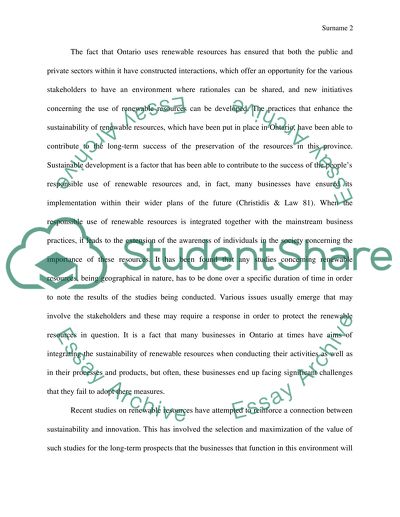Cite this document
(“Sustainable and Renewble resources in Ontario Essay”, n.d.)
Retrieved de https://studentshare.org/geography/1490752-sustainable-and-renewble-resources-in-ontario
Retrieved de https://studentshare.org/geography/1490752-sustainable-and-renewble-resources-in-ontario
(Sustainable and Renewble Resources in Ontario Essay)
https://studentshare.org/geography/1490752-sustainable-and-renewble-resources-in-ontario.
https://studentshare.org/geography/1490752-sustainable-and-renewble-resources-in-ontario.
“Sustainable and Renewble Resources in Ontario Essay”, n.d. https://studentshare.org/geography/1490752-sustainable-and-renewble-resources-in-ontario.


